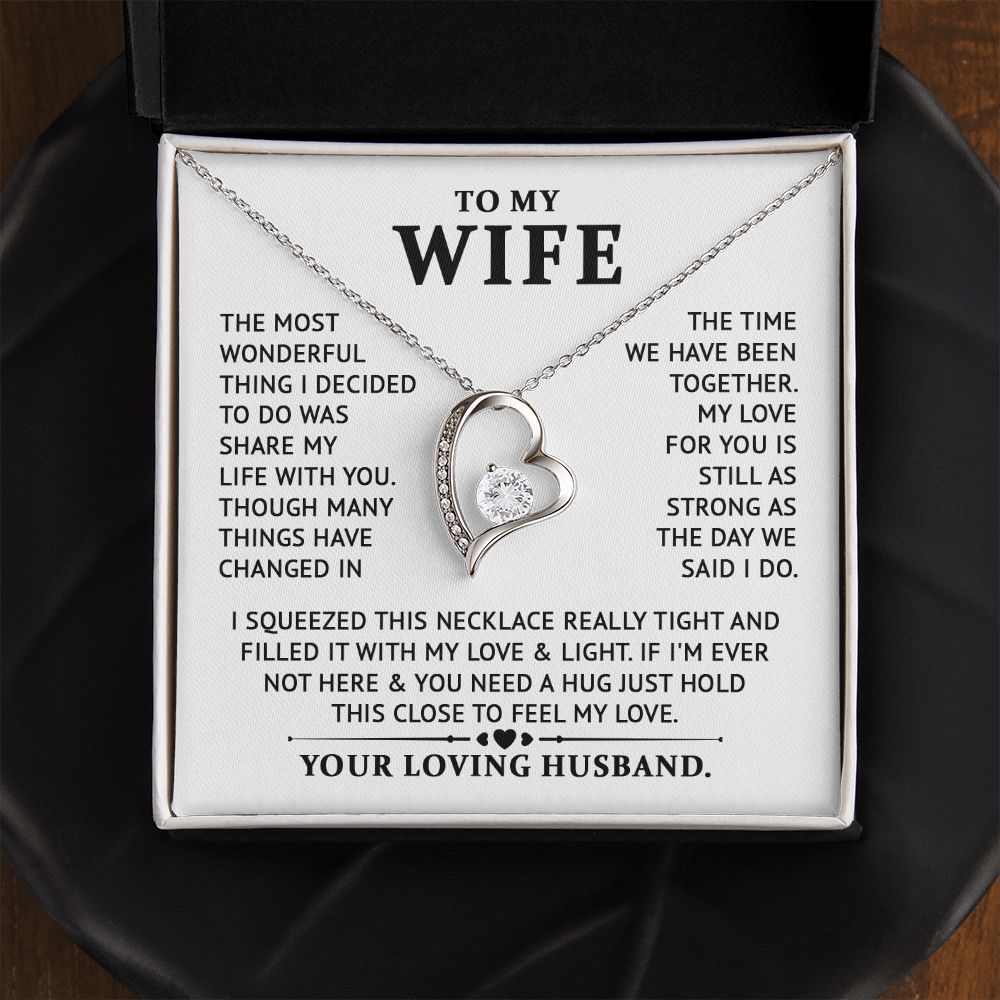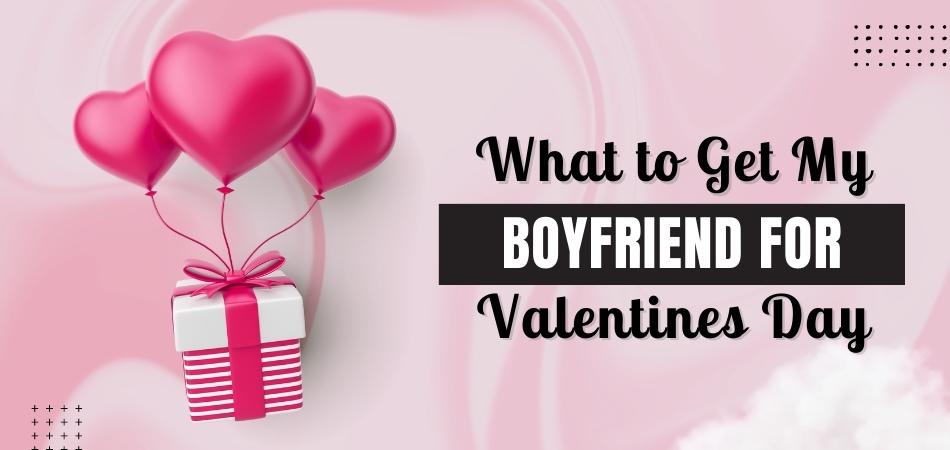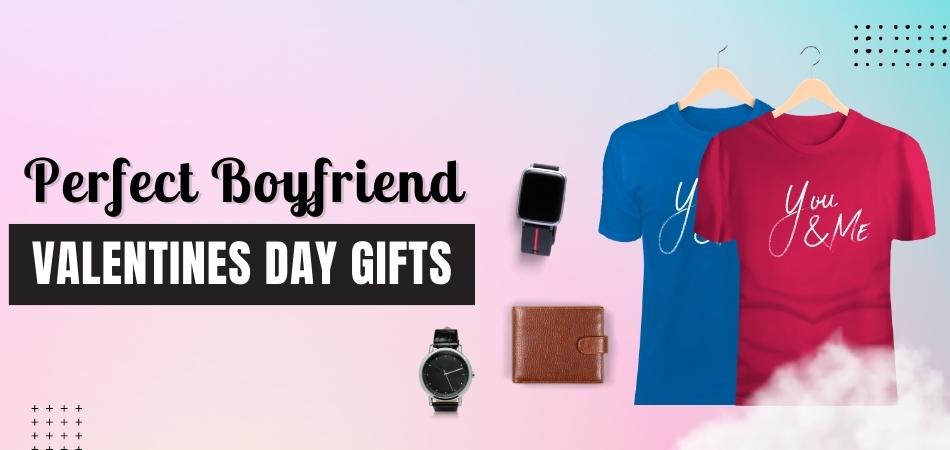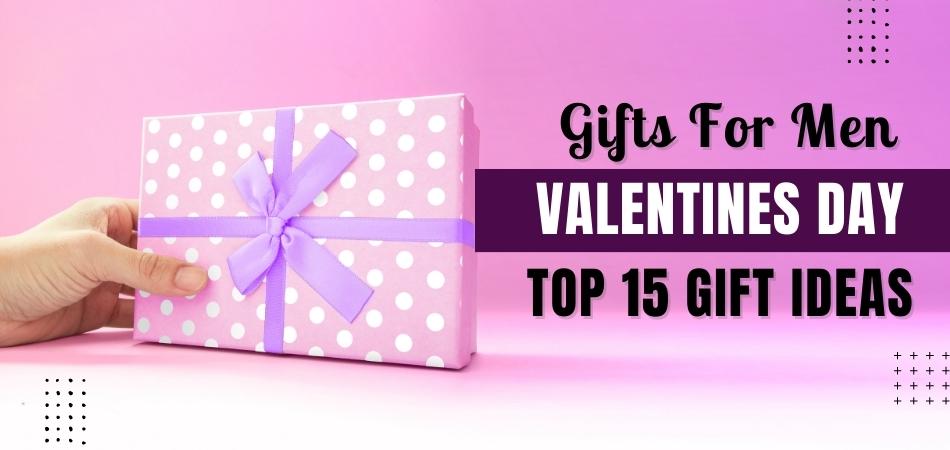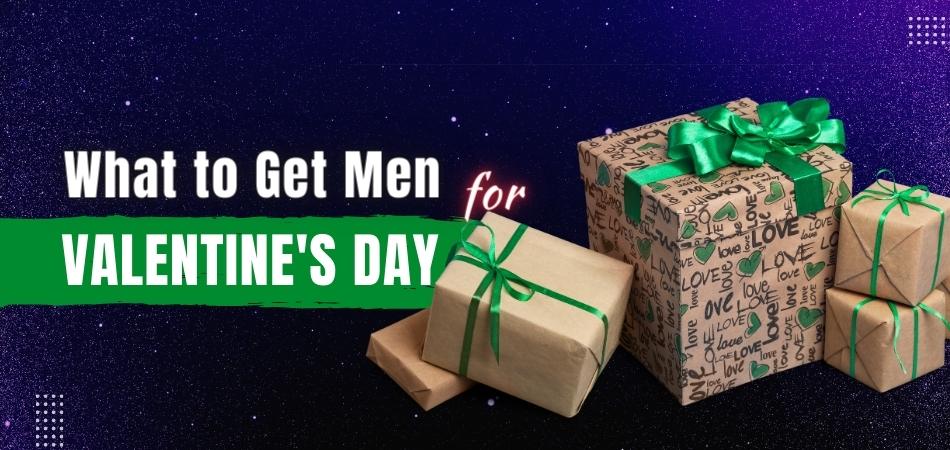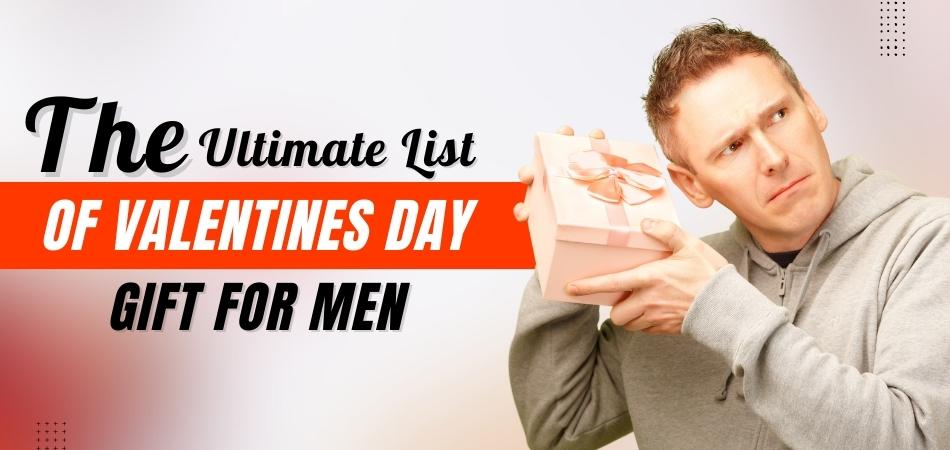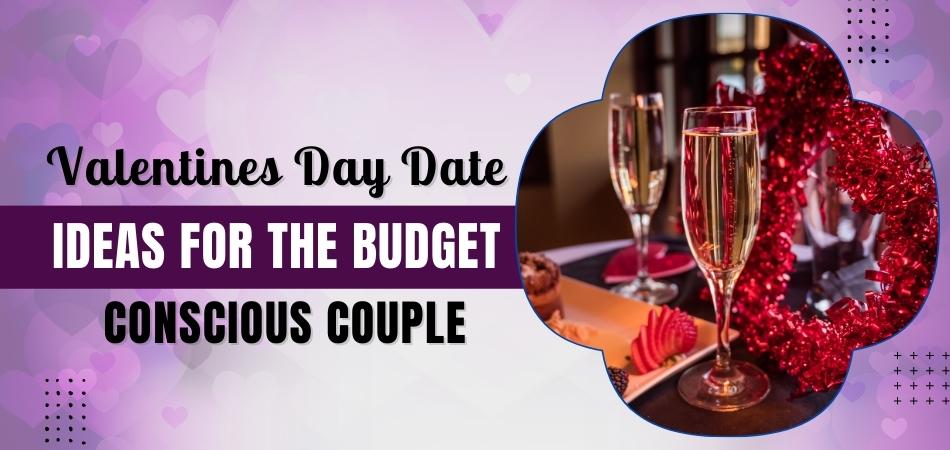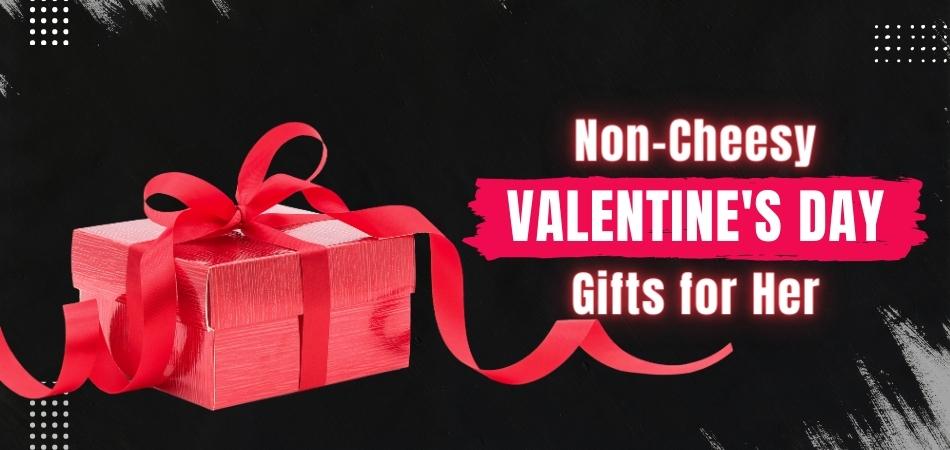When Your Necklace Clasp Moves to the Front?
If you've ever had your necklace clasp move to the front, you know how annoying it can be. The clasp gets in the way and can be uncomfortable. So, what causes this to happen?
There are a few reasons why your necklace clasp might move to the front. First, if your necklace is too loose, the weight of the pendant can pull it down. Second, if you have a lot of hair on your chest, it can push the necklace up.
And finally, if you're wearing a shirt with a high collar, it can cause the necklace to slip down. If you don't want your necklace clasp to move around, there are a few things you can do.
Make sure your necklace is tight enough that the pendant can't pull it down. Avoid wearing shirts with high collars. Keep your chest hair trimmed so it doesn't push the necklace up.
How Do You Fix a Loose Necklace Clasp?
Whether your necklace is made of gold, silver, or another metal, the clasp is an important part of the piece. Not only does it keep the necklace from falling off, but it also ensures that the necklace hangs correctly.
A loose clasp can be frustrating, but luckily there are a few easy ways to fix it. Try using a pair of needle-nose pliers to tighten the tiny screw that secures the clasp. If that doesn't work, you may need to replace the jump ring that connects the clasp to the rest of the necklace.
To do this, first open the jump ring with pliers, then remove the old one and replace it with a new one. Finally, use the pliers to close the jump ring. With a little bit of patience and care, you can easily fix a loose necklace clasp.
How Do I Keep My Necklace from Flipping Over?
Have you ever put on a necklace only to have it instantly flip over? It's not only annoying, but it can be difficult to fix without taking the necklace off entirely. If this happens to you frequently, there are a few things you can do to keep your necklace from flipping over.
First, try adjusting the length of the chain. If the chain is too short, it will put extra tension on the pendant and cause it to flip. Conversely, if the chain is too long, the pendant will have too much movement and is also more likely to flip. The ideal length for most necklaces is 18-20 inches.
Another way to keep your necklace from flipping is to choose a heavier pendant. A heavier pendant will have less movement and be less likely to flip over than a lighter one.
Finally, make sure that the bail (the loop that attaches the pendant to the chain) is secure. A loose bail can cause the pendant to swing freely and eventually flip over. By following these tips, you can ensure that your necklace stays where it belongs - right side up!
How Do You Stop a Pendant from Sliding?
One way to stop a pendant from sliding is to add a bit of friction. This can be done by adding a small piece of felt or other soft material to the back of the pendant. Another way to create more friction is to wear the pendant on a thicker chain or cord.
You could also try using a clear nail polish or super glue to adhere the pendant to the chain. If you have any questions, please feel free to ask in the comments below!
How Do I Get My Necklace Clasp Back?
If your necklace has a clasp that opens and closes, it's important to know how to open and close the clasp correctly. Otherwise, you may find yourself with a broken necklace or a lost pendant. In this article, we'll show you how to open and close a typical necklace clasp.

There are two types of clasps commonly used on necklaces: barrel and spring ring. A barrel clasp is a cylindrical tube with an opening at one end. To open it, simply twist the tube until the opening is aligned with the rest of the cylinder.
To close it, twist the tube in the opposite direction until the opening is no longer aligned with the rest of the cylinder. A spring ring is a small metal circle with a tiny hole in its center and a tiny springs inside. The spring allows the ring to open slightly so that it can be hooked onto another object (in this case, your necklace chain).
To open it, simply pull on one side of the ring until it opens enough to slide off your chain. To close it again, push on both sides of the ring until it snaps shut around your chain.
Having Difficulty with Necklace Clasps? Problem Solved!
Necklace Clasp on Right Or Left Superstition
When it comes to deciding whether to wear your necklace clasp on the right or left side, there is no wrong answer. However, there is a popular superstition that says wearing your necklace clasp on the right side brings good luck.
The origins of this superstition are unclear, but one theory is that it dates back to ancient times when people believed that the right side of the body was closer to the heart.
Wearing your necklace clasp on the right side was thought to symbolically keep your loved ones close to your heart.
Whether you believe in this superstition or not, there’s no harm in giving it a try next time you put on a necklace! Who knows, maybe you’ll get a little extra luck by following this simple tradition.
What Does It Mean When Your Necklace Keeps Turning?
If you've ever noticed your necklace turning and twisting on your neck, you may have wondered what it means.

There are a few different interpretations of this phenomenon, all of which are based on the belief that jewelry can be charged with energy. One interpretation is that when your necklace keeps turning, it's a sign that someone is thinking about you.
The theory is that the energy from their thoughts is causing your necklace to move. This could be a loved one who is thinking fondly of you, or even a complete stranger who has been impressed by you in some way. Either way, it's a nice thought!
Another interpretation is that when your necklace turns, it's a sign that you're about to receive good news. This could be something as simple as hearing from a friend you haven't talked to in awhile, or getting a raise at work. Whatever the case may be, it's always nice to know that good things are coming your way.
The last interpretation of this phenomenon is less pleasant but still interesting nonetheless. Some believe that if your necklace keeps turning, it means someone is trying to hex or curse you.
While this may seem far-fetched to some, others take it very seriously and avoid wearing necklaces altogether for fear of attracting negative energy.
So what do you think? Do you believe that jewelry can be charged with energy? Have you ever had an experience where your necklace turned and then something good or bad happened shortly afterwards?
Necklace Superstitions
Superstitions are beliefs that are not based on science or religion. They are often passed down from generation to generation. Many people believe in superstitions because they have seen them work in their own lives or the lives of others.
There are many superstitions associated with necklaces. One is that if you give someone a necklace, it will bring them good luck. Another is that if you wear a necklace, it will protect you from evil spirits.
And yet another is that if you break a necklace, it will bring bad luck to the person who wears it.
Conclusion
When you're wearing a necklace, the clasp is usually at the back. But sometimes, the clasp can move to the front. This can be annoying, but there are a few things you can do to fix it.
First, try adjusting the length of the necklace. If it's too long, the weight of the necklace can pull on the clasp and cause it to move to the front. Second, try using a different type of clasp.
A lobster claw or magnetic clasp may be more secure than a traditional hook-and-eye closure. Finally, make sure that your clothing isn't catching on the necklace and pulling it forward. If you're having trouble with your necklace constantly moving to the front, try these tips.














